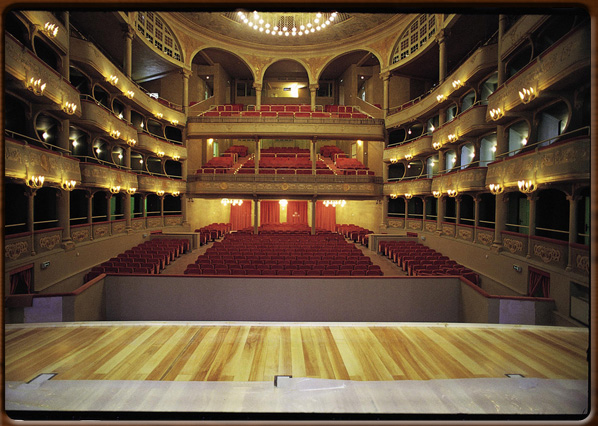
Malibran theatre (ex San Giovanni Grisostomo)

Frontispiece of Défense de l'Esprit des Lois. Geneva, 1750


No video
Charles Louis de Secondat, Baron de Montesquieu (La Brède, Bordeaux, 1689 – Paris, 1755) was a French philosopher, scholar and political thinker.
Like past generations in his family, he studied law. On becoming a judge and later politician, he moved from Bordeaux to the capital, Paris, where he joined the leading cultural and society circles.
He travelled around Europe in the period 1728-1731, visiting Germany, Austria, Switzerland, Italy and England. These trips had a major influence on his political thoughts.
On returning to the family’s castle in the Gironde region, he dedicated himself to managing his lands and writing his masterpiece De l'esprit des lois (a defence of the spirit of law), published in 1748. This was a monumental work, taking 14 years to write, and an encyclopaedia of political and juridical thought in the 1700s.
Other works were Lettres persanes (Persian letters), an earlier work in 1721, a satire on many characters typical of the early Enlightenment, where his criticism of society lies below a literary fiction, and his Considérations sur les causes de la grandeur des Romains et de leur décadence (Considerations on the Causes of the Grandeur and Decadence of the Romans, 1734), where he seeks the political and social principles behind the rise and fall of Ancient Rome.
Montesquieu, like Wolfgang Goethe and others, was one of the circle of North European artists and literary figures who set out on the “Grand Tour”: the journey to Italy to discover its beauty and classical art.
He stayed in Venice, attracted by its art, theatre and music at a time when Venice was an avant-garde city. Montesquieu often mentions Venice in his works. In particular, his comparison of Venice with Amsterdam in 1729: “Quite like Venice, marvellous palaces instead of fleets and kingdoms”.
1600 - 1700 - - rev. 0.1.5